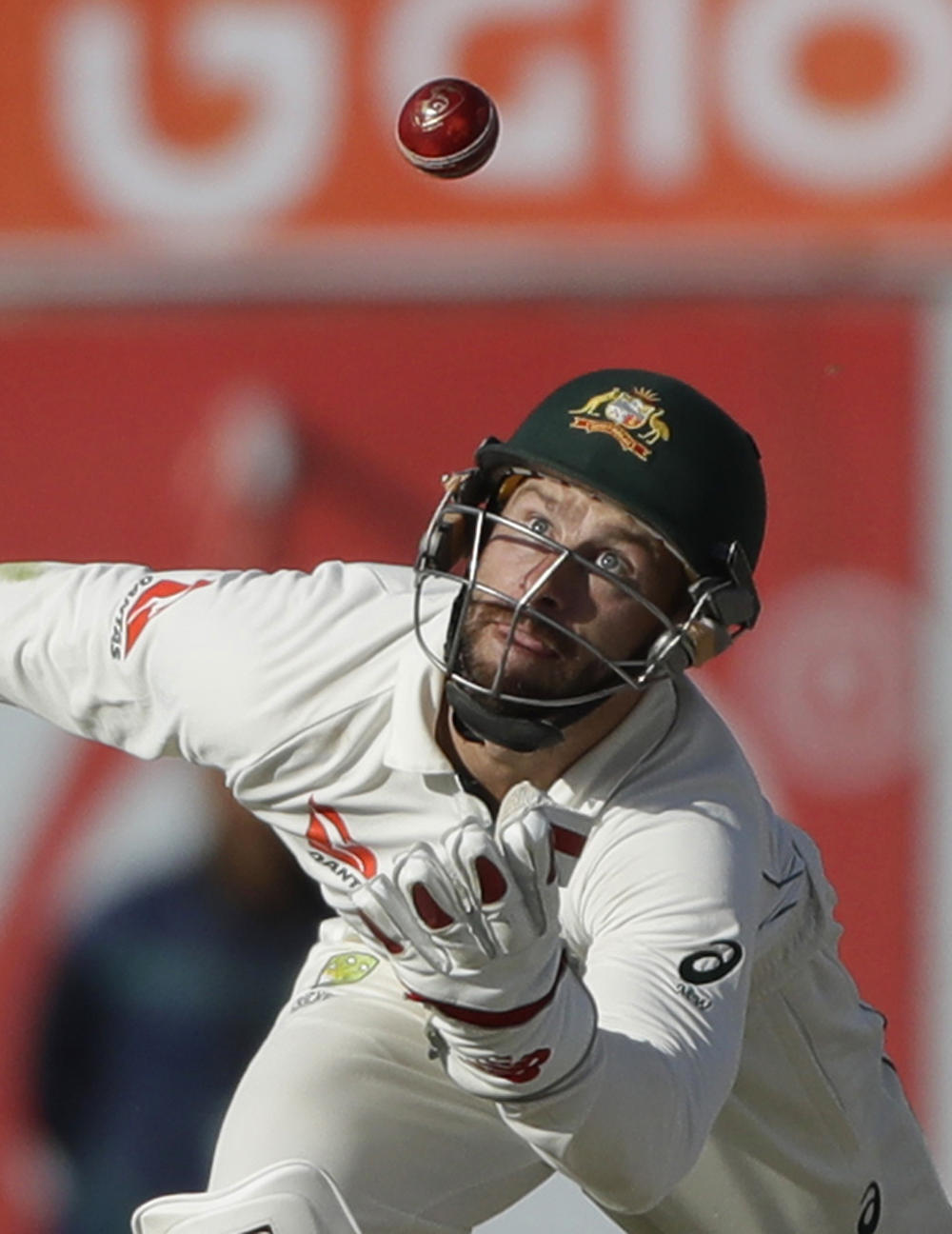RIP, David Lord: Australian sports journalism icon was 'always thoughtful and thought-provoking'
David Lord has been remembered as an icon of Australian sports journalism following his death, aged 84. The renowned writer and broadcaster was an…

It may not be the sun-drenched climes of Adelaide, Dubai or Brisbane but this week the infant that is day-night Test cricket arrives in Birmingham.
If the weather of the last couple of weeks is anything to go by, the need for sunscreen at Edgbaston on Thursday afternoon will be usurped by the sensible option of a flask of hot tea, but this is the northern hemisphere after all and that is just how it is.
England may be late to show up to this particular party but with Adelaide due to host its third pink-ball extravaganza, and the first Ashes contest in the format, later this year, it is a welcome arrival nevertheless.
And if the concept of day-night Test cricket is to gain additional and worthwhile traction then the more the merrier, and that means England embracing it with open arms.
A full round of County Championship fixtures not so long ago indicated a willingness of the governing body to pay it more than just lip service and, fingers well and truly crossed, the fare on show this week will justify the break from tradition.
There have been rumblings already about the quality of the ball and how it will behave – that’s nothing new, as every fixture with a pink ball has seen the same – but from what I have seen the cricket itself hasn’t been that far removed from what is usually expected in the longer form.
Those expecting it to be a carbon copy of what is played with a red ball are always going to be disappointed but that isn’t necessarily a bad thing. The white ball offers little in the way of swing for example but a red Kookaburra hardly goes around corners for lengthy periods of time. But I digress.
It has to be remembered that the sample size for making decisions is pitifully small and until a greater study is made, maybe judgement should be reserved.
What it really comes down to this: does Test cricket need day-night matches?
Enough has been written and said about the longest form of the game being under considerable threat from the brash upstart that is Twenty20 that there is only one answer.

(AP Photo/Tsering Topgyal)
To survive, Test cricket has to adapt and this is as good a route as any to take.
Albert Einstein is alleged to have said the definition of insanity is ‘doing the same thing over and over again and expecting different results’.
Now whether or not the German physicist actually uttered these words is by the by, and you may think Test cricket is absolutely fine as it is but it isn’t being overly negative to suggest the lure of tradition is slowly being eased to one side. And complaining about the demise while not accepting change is a necessity will get you nowhere.
There is no need to plough headfirst into drastic change for its own sake but showing what can be achieved without upsetting the apple cart too much is the best way to go.
Yes, in the debut of the format a couple of years ago, the novelty aspect of Australia’s clash with New Zealand was clear for all to see but the cricket was excellent and, crucially, it led to a repeat.
That, for all intents and purposes, equals success and the sooner more countries give it a go the better.
The dynamic of the game itself is different – talk of batting twilight being one such alien factor – but that doesn’t have to be a negative. Accept the fact cricket with a pink ball requires a marginally different approach, both for those who deliver it and those who face it, and take it for what it is.
It would be a sad day for the sport if Test matches were allowed to wilt away without any action being taken and England’s series opener against West Indies is the latest step towards providing a relevant future.
As has been the case so far, let’s hope this next and latest instalment is worthwhile.